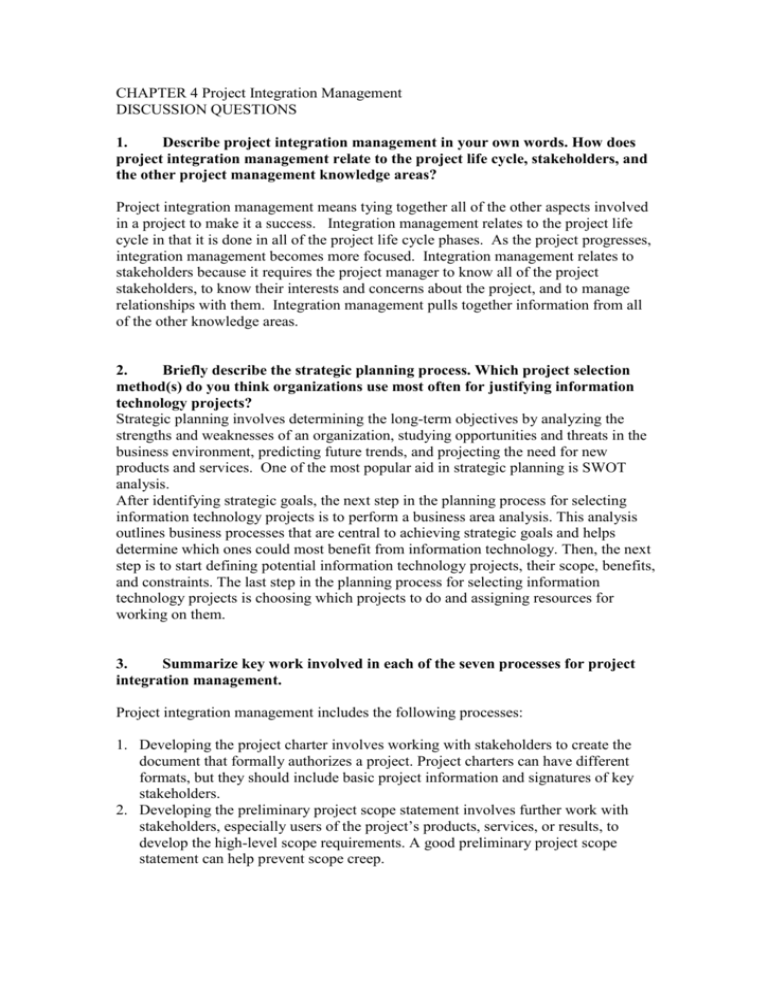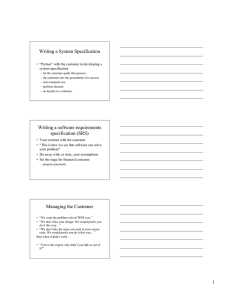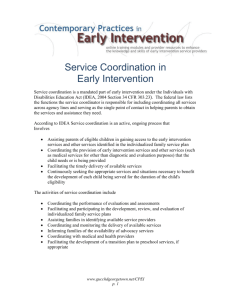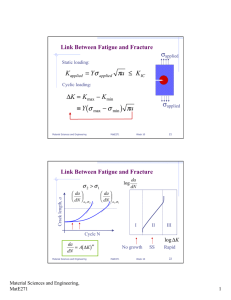Project Integration Management: Discussion Questions
advertisement

CHAPTER 4 Project Integration Management DISCUSSION QUESTIONS 1. Describe project integration management in your own words. How does project integration management relate to the project life cycle, stakeholders, and the other project management knowledge areas? Project integration management means tying together all of the other aspects involved in a project to make it a success. Integration management relates to the project life cycle in that it is done in all of the project life cycle phases. As the project progresses, integration management becomes more focused. Integration management relates to stakeholders because it requires the project manager to know all of the project stakeholders, to know their interests and concerns about the project, and to manage relationships with them. Integration management pulls together information from all of the other knowledge areas. 2. Briefly describe the strategic planning process. Which project selection method(s) do you think organizations use most often for justifying information technology projects? Strategic planning involves determining the long-term objectives by analyzing the strengths and weaknesses of an organization, studying opportunities and threats in the business environment, predicting future trends, and projecting the need for new products and services. One of the most popular aid in strategic planning is SWOT analysis. After identifying strategic goals, the next step in the planning process for selecting information technology projects is to perform a business area analysis. This analysis outlines business processes that are central to achieving strategic goals and helps determine which ones could most benefit from information technology. Then, the next step is to start defining potential information technology projects, their scope, benefits, and constraints. The last step in the planning process for selecting information technology projects is choosing which projects to do and assigning resources for working on them. 3. Summarize key work involved in each of the seven processes for project integration management. Project integration management includes the following processes: 1. Developing the project charter involves working with stakeholders to create the document that formally authorizes a project. Project charters can have different formats, but they should include basic project information and signatures of key stakeholders. 2. Developing the preliminary project scope statement involves further work with stakeholders, especially users of the project’s products, services, or results, to develop the high-level scope requirements. A good preliminary project scope statement can help prevent scope creep. 3. Developing the project management plan involves coordinating all planning efforts to create a consistent, coherent document—the project management plan. The main purpose of project plans is to facilitate action. 4. Directing and managing project execution involves carrying out the project plans by performing the activities included in it. Project plan execution should require the majority of a project’s budget. 5. Monitoring and controlling project work is needed to meet the performance objectives of the project. The project team should continuously monitor project performance to assess the overall health of the project. 6. Integrated change control involves coordinating changes that affect the project’s deliverables and organizational process assets. A change control system often includes a change control board (CCB), configuration management, and a process for communicating changes. 7. Closing the project involves finalizing all project activities. It is important to follow good procedures to ensure that all project activities are completed and that the project sponsor accepts delivery of the final products, services, or results of the project. 4. Discuss the importance of following a well-integrated change control process on information technology projects. It is important to follow a good integrated change control process on information technology projects to avoid scope creep, incompatibility problems, and to make effective use of resources and new technologies. Additional suggestions for managing integrated change control might include locating key project stakeholders, assigning users to project teams, and providing team-based incentives for effectively managing project changes.











